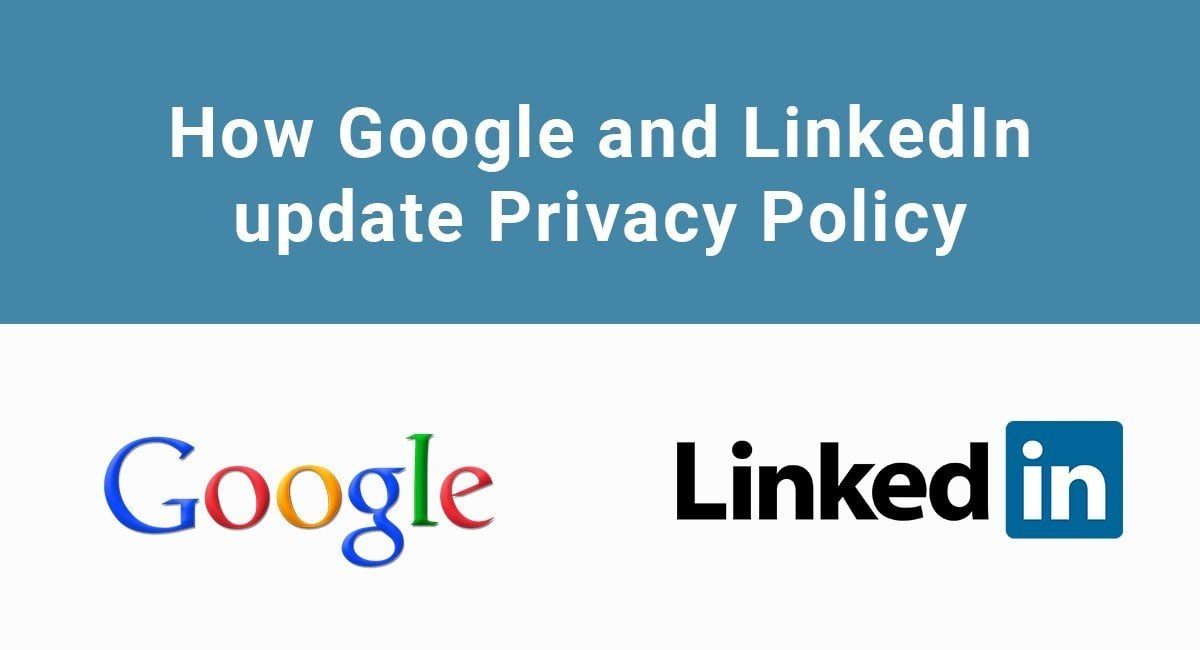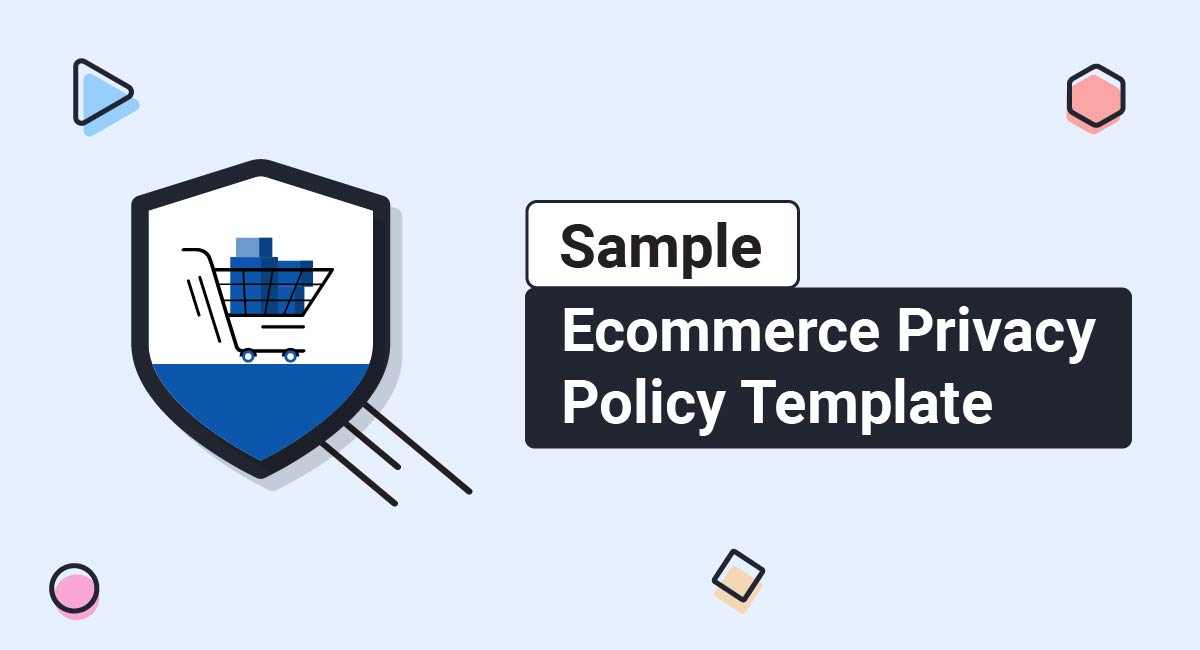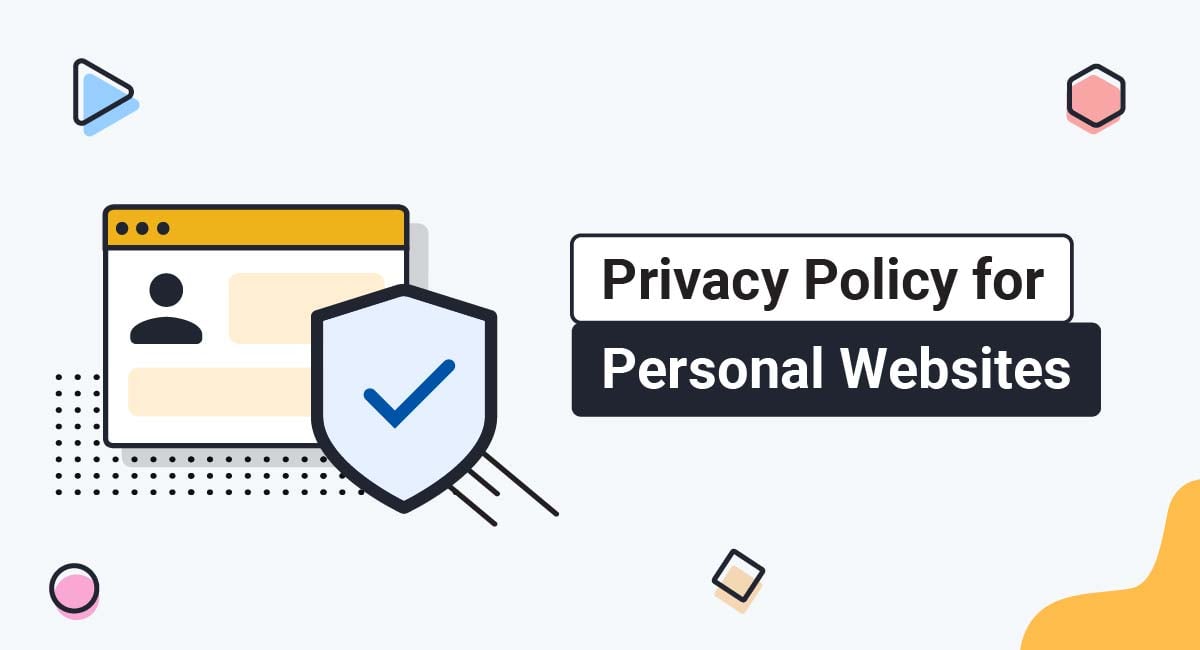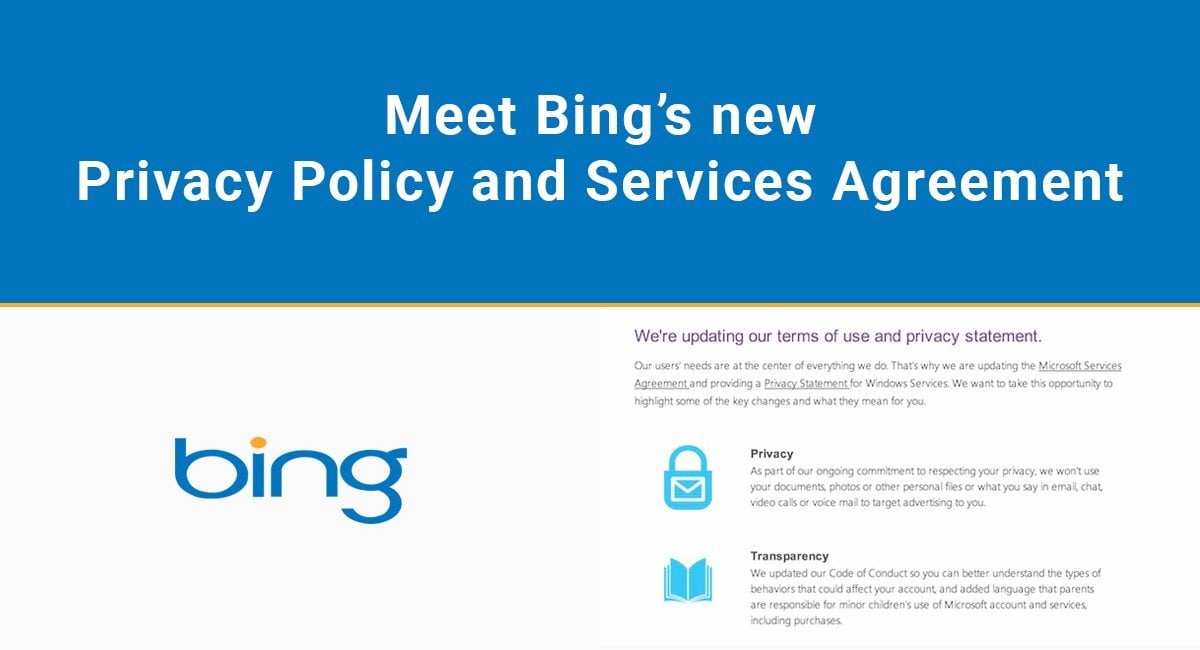The Privacy Policy is a legal statement that specifies what the website operator will and won't do with the personal data collected from its users.
Google and LinkedIn are processing huge amounts of personal information from their users.
Users of both Google and LinkedIn needed to be informed about any updates that might affect their already stored personal information harvested by these companies' servers.
Here are the methods used by Google and LinkedIn to inform users about the changes these companies made to their Privacy Policies.
Our Privacy Policy Generator makes it easy to create a Privacy Policy for your business. Just follow these steps:
-
At Step 1, select the Website option or App option or both.

-
Answer some questions about your website or app.

-
Answer some questions about your business.

-
Enter the email address where you'd like the Privacy Policy delivered and click "Generate."

You'll be able to instantly access and download your new Privacy Policy.
The campaigns also included updates that the companies did to their Terms of Service agreements.
Google is promoting the new changes to its "Privacy & Terms" webpage with an additional label, marked by the word New before the Privacy & Terms link text.
The word is also colored in red to catch users' eye:

Google is also promoting its value on privacy through a special YouTube channel called Google's Security and Privacy Channel where they post videos on privacy or talk about the behavioral advertising talks hosted by the FTC.
The most watched video from the Google's channel is Google's Privacy Principles that has over 7 million views, while the channel itself has over 35,000 subscribers and more than 15,000,000 views in total:
The recently launched Shared Endorsements functionality that's part of Google+ was in the news lately.
Shared Endorsements required additional updates to the Terms of Use of Google+ in regards to the personal information of users, such as the profile pictures, name and any +1'd they did so far.
All these three - profile picture, name and any +1 a user have given - were part of the new Shared Endorsements program. Because of this Google started notifying users about this with a top blue color message bar that their Google+'s legal agreements will change.
Shared Endorsements are only to users who are Google+ users (users can opt-out of this), but Google is mentioning these new changes apply for all visitors, regardless if they're logged in or not:
![]()
The message is simple:
Hi there. Our new Terms of Service update how we display your information in content & ads.
To recap, Google is informing its users about the upcoming changes to its "Privacy & Terms" pages with:
- A red color label displaying the term "New" next to the "Privacy & Terms" link text to attract attention when users land on any Google domains
- A blue color message above the content on its domains that informs visitors about the new changes
- The "Updates" section on their legal pages that provide more information about the Shared Endorsements service, how it works and how users can opt-out
LinkedIn recently shared at a conference that the LinkedIn platforms have more than 238 million members, while in 2012 they only had about 150 million members.
LinkedIn members share plenty of personal information with LinkedIn, including:
- Email address
- First and last name
- Professional connections
- Work backgrounds, including current and past employers
In 2012, when LinkedIn's team reported the 150 million figure, around 6 million passwords of its registered user accounts were leaked on a Russian forum.
A two-step verification security measure was added recently, which can be activated by going to "Settings", selecting the "Account" tab and clicking on the "Manage security settings" option.

Based on these events LinkedIn decided to update its Privacy Policy. And how is LinkedIn informing its users of the upcoming changes?
Through a brief YouTube video. Released on May 10, 2013 it has already gathered over 194,000 views and a blog post, named "Updating LinkedIn's Privacy Policy" that has a summary of the key points included into their new agreement.
The blog post discusses the upcoming changes and notifies users that LinkedIn's Privacy Policy has been changed:
Update: Our Privacy Policy has been updated. Please visit www.linkedin.com/legal/privacy-policy to see the revised documents.
Rather than giving users just a simple notice that the Privacy Policy is now updated, LinkedIn also shares a "Summary of the changes" area:
"Our Privacy Policy has been updated to give you a better understanding of how we treat your data and also to call your attention to new features. Please review this Privacy Policy. Please click here to read our summary of the changes."
The "Summary of Changes" to LinkedIn's Privacy Policy mentions what section they added and a quick description of that respective section:
- For example, "Section 1.9." of their revised Privacy Policy as of September 12, 2013, states that LinkedIn is using advertising technologies on and off LinkedIn for serving its users' more relevant advertising.
- Other references may be simpler in description, like "Section 4.1." that says "We insert a specific reference to our Safety Center.".
To recap, LinkedIn is informing users about its upcoming changes to LinkedIn's Privacy Policy through these methods:
- A brief YouTube video
- A blog post that provides a quick summary of what would be included in the new agreement
- A summary of the changes section that provides a detailed perspective on what has been changed since the last revised agreement.

Comprehensive compliance starts with a Privacy Policy.
Comply with the law with our agreements, policies, and consent banners. Everything is included.



